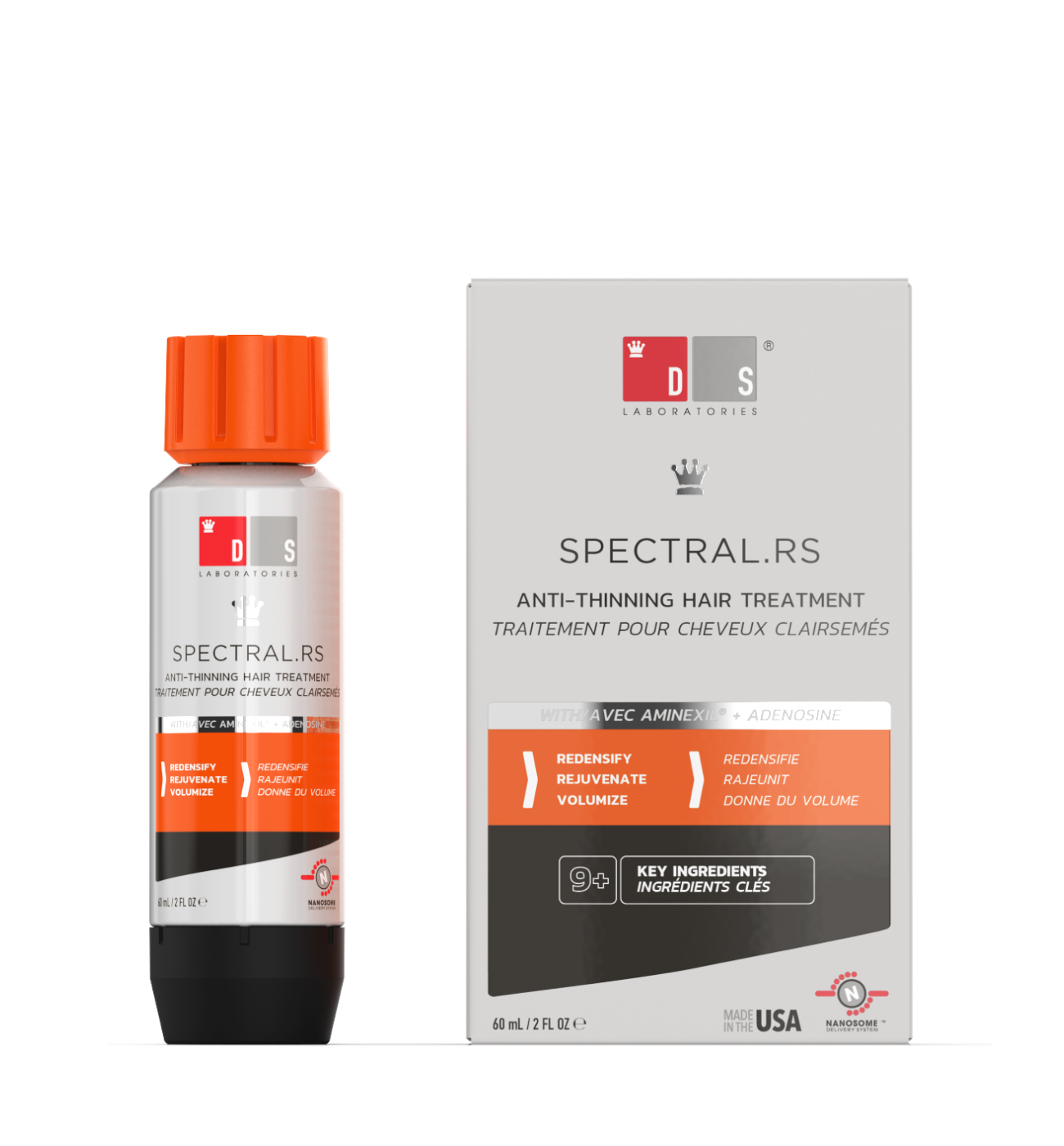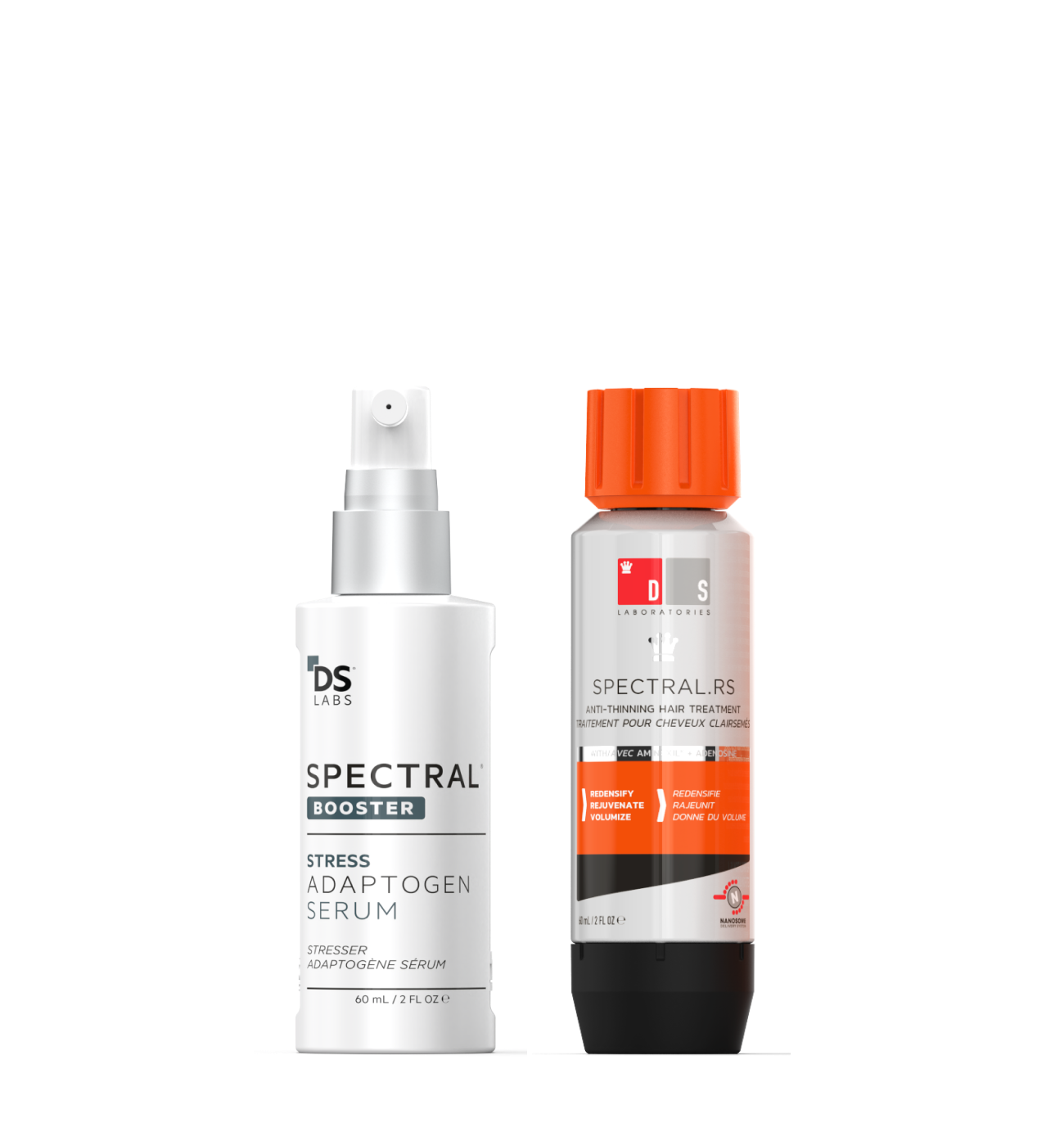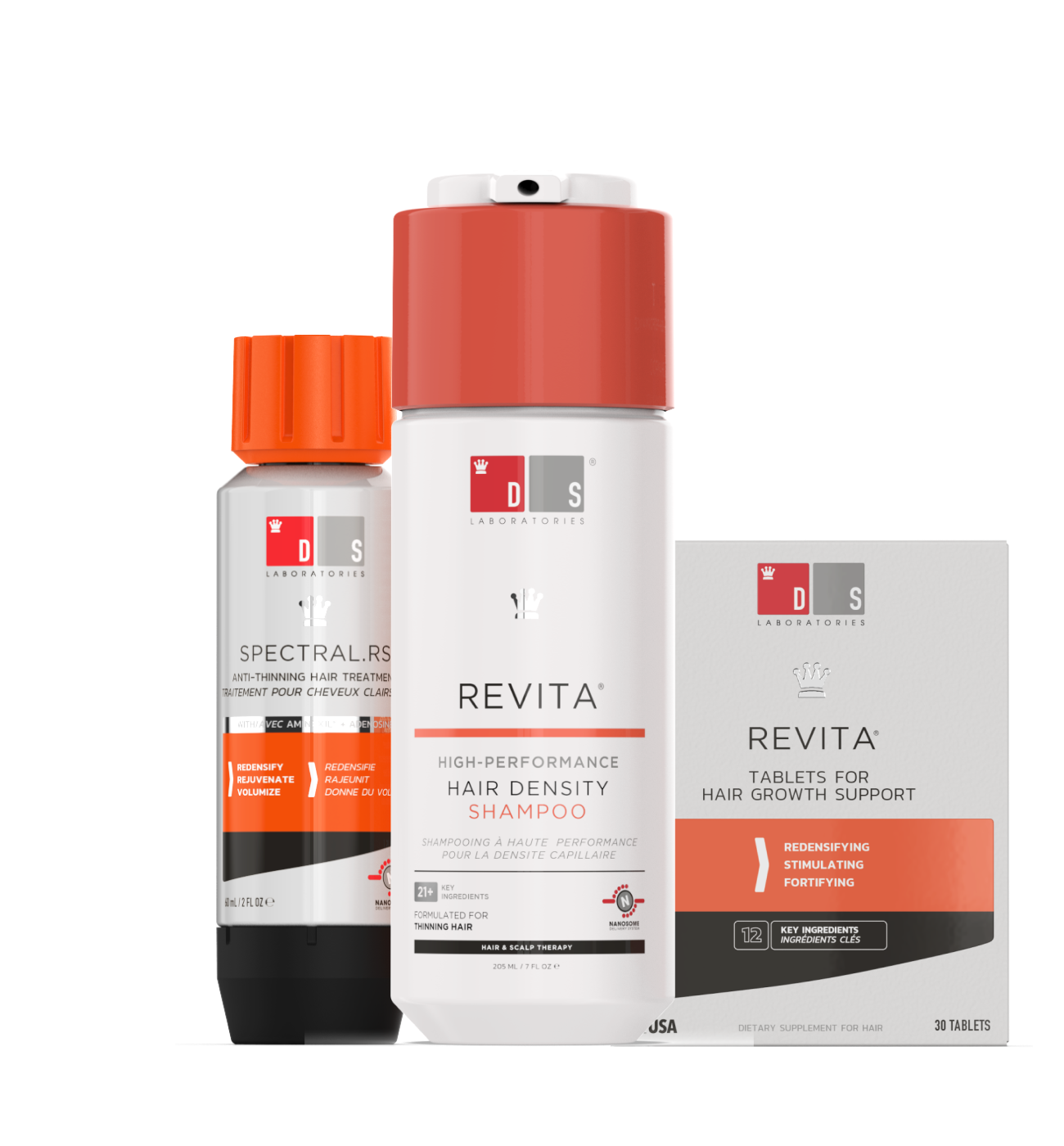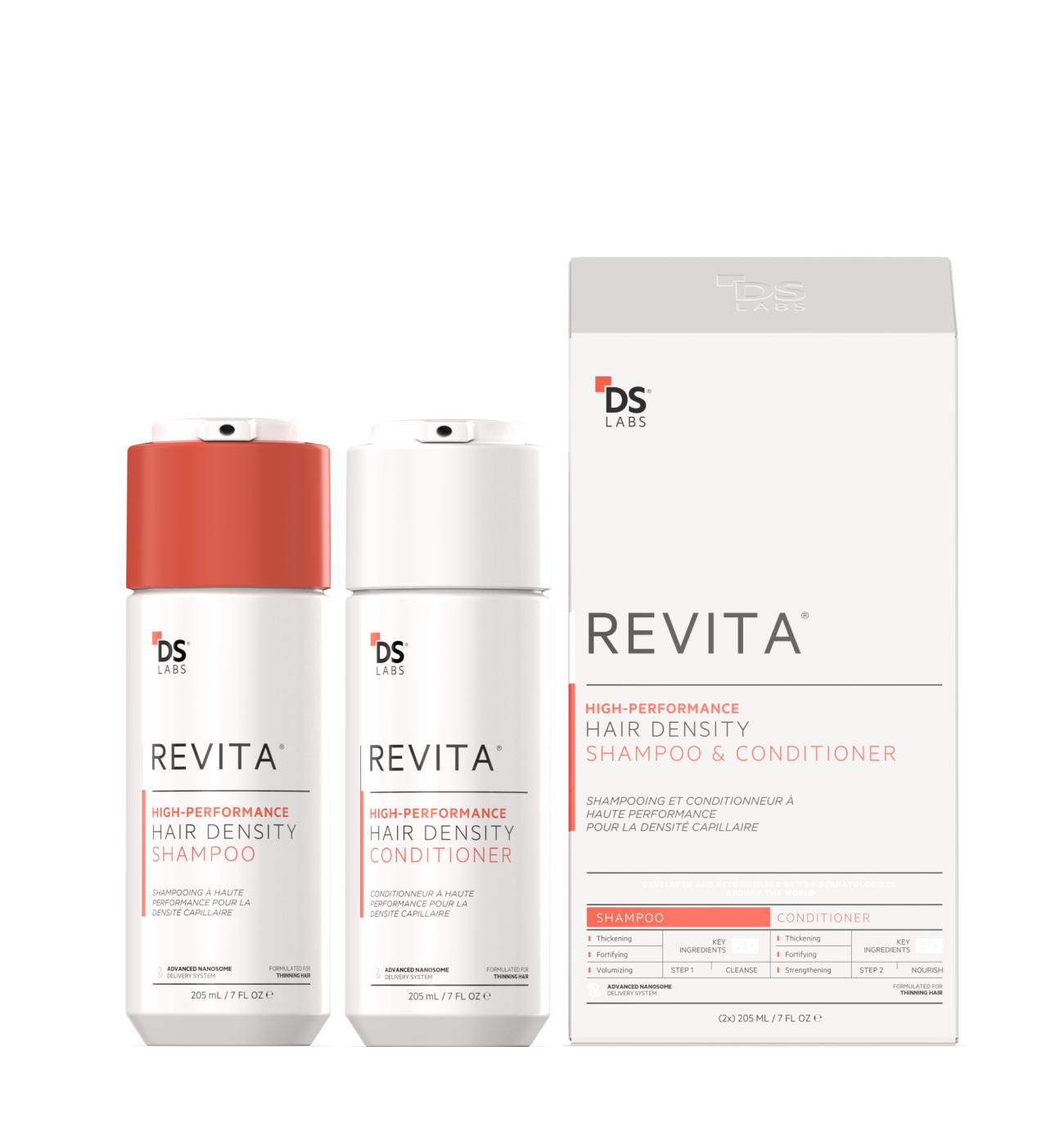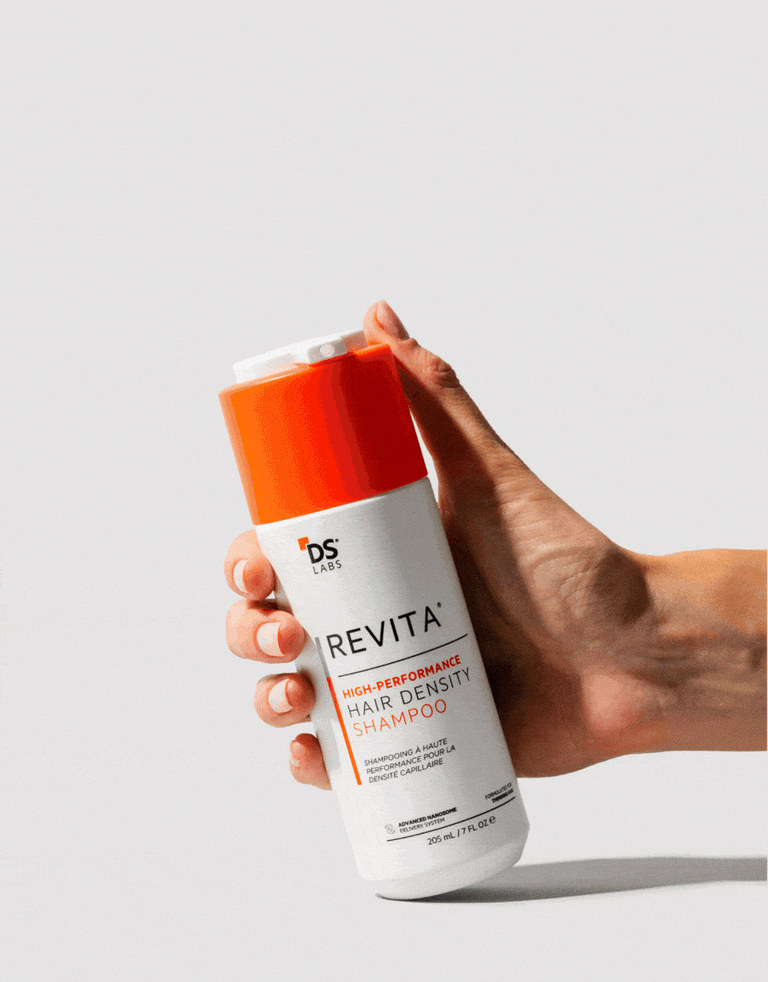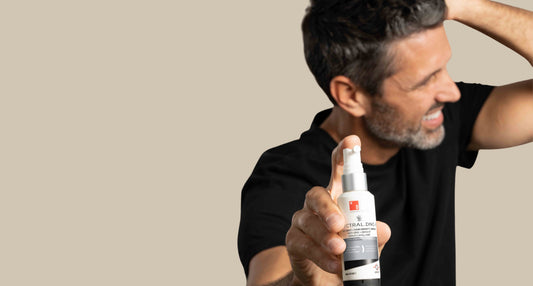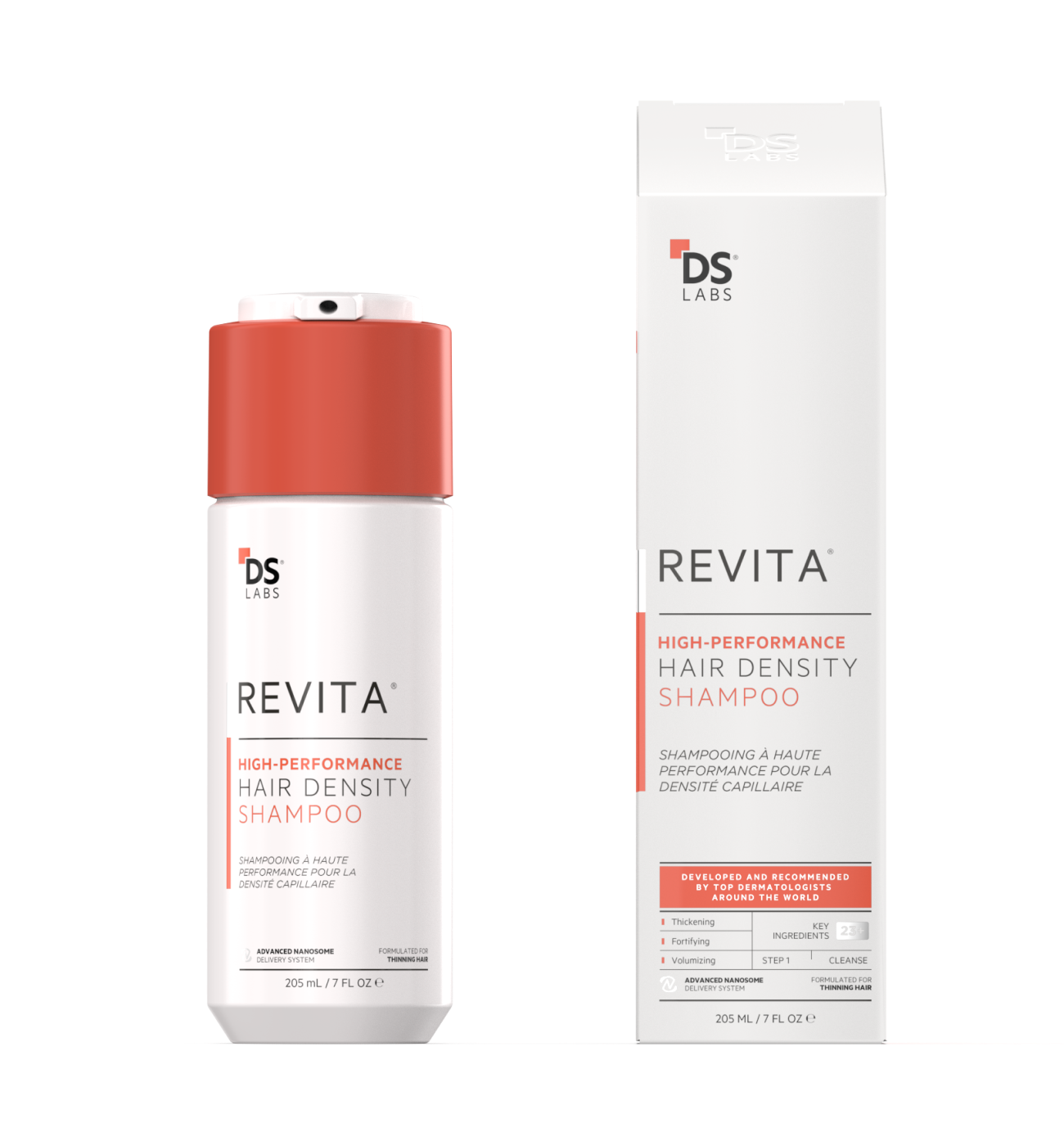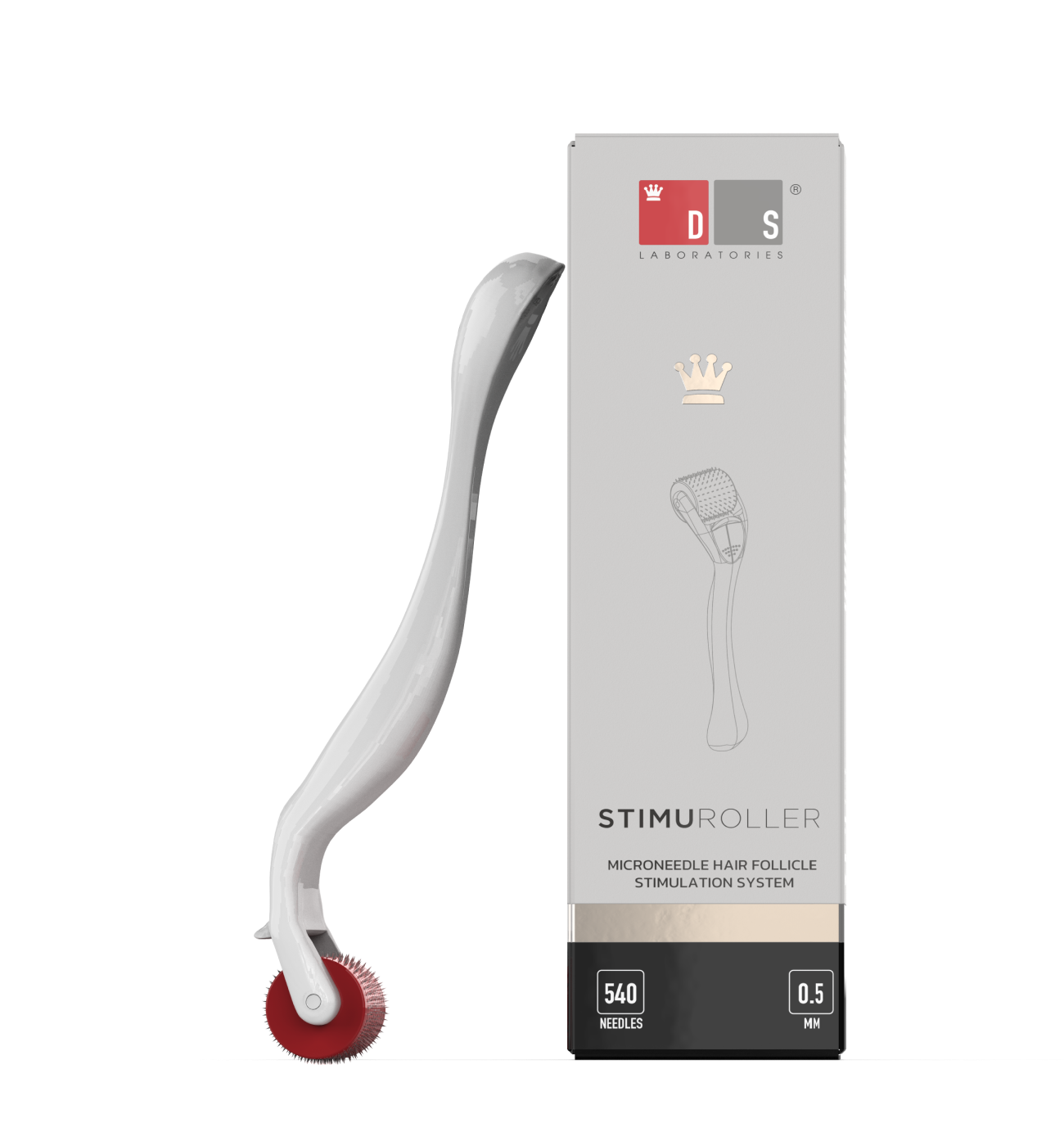Having a baby is exciting and rewarding but it also comes with a few unexpected changes — one of which is postpartum hair loss. While it may alarm you, it’s common for new moms to experience hair thinning or shedding after childbirth.
You may have heard that breastfeeding can aggravate postpartum hair loss but there’s a lot of conflicting information out there which can be confusing and even overwhelming.
In this article, let’s take a closer look at the causes and symptoms of postpartum hair loss as well as the potential impact of breastfeeding. We’ll provide you with a better understanding of what to expect and how to care for your hair during this challenging time.
What Is Postpartum Hair Loss?
Postpartum hair loss is a temporary form of hair loss that many new mothers experience in the months following birth. It occurs when hair follicles enter a resting phase and strands fall out faster than usual.
This can result in hair thinning or shedding that typically begins around three months postpartum. The primary cause is hormonal changes in the body.
During pregnancy, a woman's body produces high levels of estrogen which can help keep hair in the growth phase for longer. After delivery, estrogen levels drop and the follicles enter a resting phase which leads to shedding.
While postpartum hair loss can be distressing, remember that it’s a normal and temporary condition. It doesn’t mean that you’re unhealthy or malnourished. Most women will experience some degree of hair loss after giving birth, but the extent of it varies from person to person.
Breastfeeding and Postpartum Hair Loss: What Studies Say
Many new mothers wonder whether breastfeeding can worsen postpartum hair loss. While there’s no definitive answer, several studies have tried to establish the relationship between breastfeeding and hair loss.
A study published in the International Journal of Women's Dermatology found that breastfeeding was not a significant predictor of postpartum hair loss. By monitoring women at different stages of pregnancy, it established that all women experienced some degree of hair loss but there was no significant difference between those who breastfed and those who did not.
Hair loss during breastfeeding is common, but scientists have no evidence to suggest a link between the two.
When Does It Typically Start?
If you're a new mother, you may be wondering when postpartum hair loss will start. Perhaps, you may be facing it already. While every woman is different, postpartum hair loss typically begins around three months after giving birth.
For most women, it can happen any time within the first year after delivery.
When Should You See a Doctor?
Postpartum hair loss can be a normal part of the postpartum experience, but there are certain situations when it may be good to seek professional medical help.
Excessive Hair Loss
Shedding is normal but if you notice clumps of hair falling out or bald patches, it's important to seek medical attention.
Unusual Hair Texture or Appearance
If your hair feels brittle, dry, or breaks easily, it may be a sign of an underlying condition that requires medical evaluation.
Thyroid issues and autoimmune disorders can manifest as hair loss so it’s important to consider getting yourself looked at if you’re concerned about the issue. In the same vein, if you experience fatigue, joint pain, or weight gain, you should seek a doctor’s opinion.
Coping With Postpartum Hair Loss
Hair loss, in addition to the physical and emotional demands of caring for a newborn, can lead to body image issues for new mothers.
Pregnancy changes your body and it takes time for your body to recover. However, there are steps you can take to manage your appearance and feel more confident during this time.
Hair Products
A simple step is to switch to a volumizing shampoo and conditioner that can help you achieve thicker and fuller hair. Look for hair products that contain ingredients like biotin and keratin which strengthen and nourish strands.
Try a New Hairstyle
Consider trying a new hairstyle that can help mask the appearance of thinning hair. A shorter cut with layers can help create the illusion of more volume. Experiment with different styling techniques such as mild blow-drying with a round brush or using rollers to add body and texture.
Things To Avoid
- Conditioning shampoos flatten and make your hair look limp
- Tight hairdos pull back your hair and can call attention to a receding hairline and hair loss
- Aggressive heat and chemical styling damage hair and adversely affect its health
- Missing meals prevent you from getting the nourishment your hair needs to thrive
Conclusion
The amount of research that clearly establishes a definitive relationship between breastfeeding and postpartum hair loss is insufficient. What we can say for certain is that childbirth affects a woman’s hormones which can lead to postpartum hair loss.
The extent and duration of hair loss will differ from woman to woman, but there are things you can do to minimize hair thinning and make it less evident.
Postpartum hair loss is normal but if you’re concerned about the strands you’re losing, you can always seek the advice of a healthcare professional.



